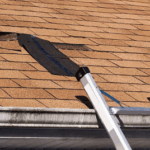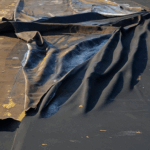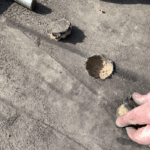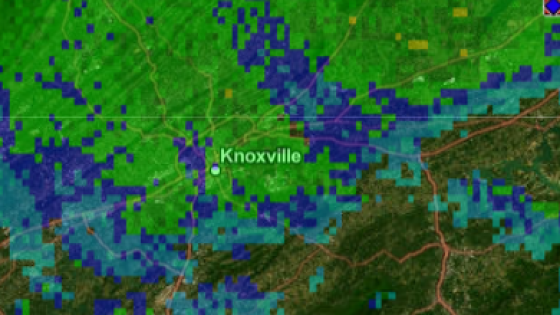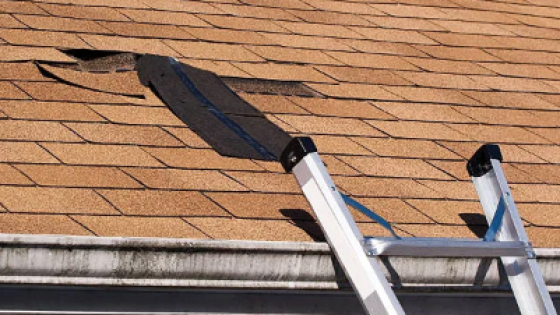If you’re a Knoxville, TN, homeowner dealing with roof damage, filing an insurance claim can feel like a daunting process. However, understanding the essential documents and evidence needed to support your claim can make it much smoother. Whether your roof has been damaged by a storm, fallen debris, or normal wear and tear, having the right paperwork is key to ensuring a successful insurance claim.
We’ll break down the exact documents you need, how to collect evidence, and best practices to make the claims process as easy as possible. Let’s dive into what documents are necessary to support your roof insurance claim and how you can navigate this often confusing process with confidence.
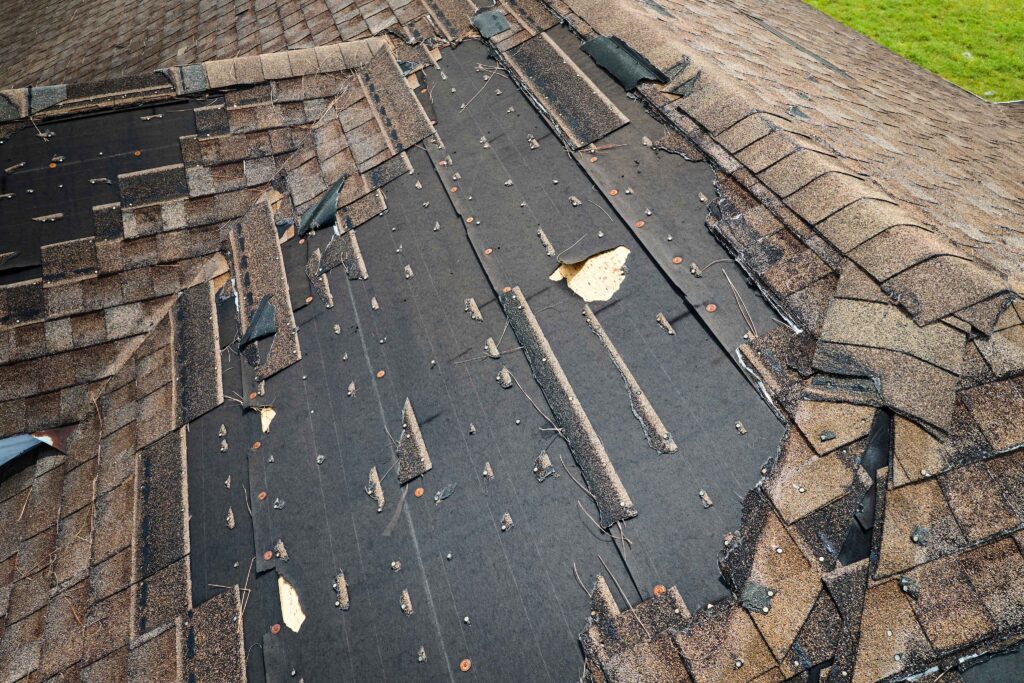
1. Photographic Evidence
The first thing your insurance company will want to see is proof of the damage. One of the most effective ways to do this is by providing photographic evidence. The images you provide should be clear, detailed, and should cover all aspects of the damage.
– Before and After Photos: If you have any “before” photos of your roof prior to the damage, these can be extremely helpful. Take clear “after” photos to show the extent of the damage.
– Wide-Angle Shots and Close-Ups: Use wide-angle photos to capture the full scope of the damage and close-ups to detail specific problems such as torn shingles, punctures, or missing tiles.
– Time-Stamped Photos: Ensure the photos are time-stamped to verify when the damage occurred.
2. Roof Inspection Reports
A professional roof inspection report is another critical document. Most insurance companies will require this as part of the claims process. A roofing contractor will evaluate the condition of your roof and provide an expert assessment.
– Professional Inspection: Hiring a licensed roofing contractor to assess the damage can strengthen your case. Their report will outline the severity of the damage, potential causes, and any immediate risks.
– Drone Inspections: In some cases, a drone inspection can provide a more thorough view of your roof, particularly if certain areas are hard to reach.
3. Detailed Written Estimate for Repairs
Once the damage is assessed, you’ll need to provide a written estimate for the cost of repairs or a complete replacement. Your insurance company will use this to determine how much they will cover.
– Cost Breakdown: The estimate should include a detailed breakdown of labor, materials, and any additional costs. This will prevent any surprises later on.
– Multiple Quotes: It’s a good idea to get estimates from multiple contractors to ensure you’re getting a fair deal and giving your insurance company an accurate picture of the repair costs.
Find out how we estimate roofs by clicking the button below:
4. Weather Reports
Roof damage often results from storms or extreme weather, especially in areas like Knoxville, which can experience high winds, heavy rain, or hail. If a storm caused your roof damage, providing weather reports can further strengthen your claim.
– Official Weather Reports: These can be obtained from local weather stations or through online resources. Provide a weather report that aligns with the date of the damage to prove the storm was responsible.
– News Articles or Bulletins: Sometimes, local news reports or bulletins about extreme weather can act as supporting evidence.
5. Contractor Documentation
Having your roofing contractor provide documentation to support the claim is essential. This paperwork shows that a licensed professional is involved in the process and can validate the damage.
– Contractor License and Insurance: Ensure that your contractor provides proof of licensing and insurance. Insurance companies may request these to ensure you’re working with a reputable roofer.
– Work Agreement: If you’ve already started work on your roof, any agreements between you and your contractor should be documented. This includes any deposit or payment made for initial repairs.
6. Insurance Policy Documents
Understanding your homeowner’s insurance policy is crucial for filing a claim. Your policy outlines what is and isn’t covered, and having this information readily available will streamline your claim process.
– Coverage Details: Make sure you know the specifics of your policy, such as deductibles, exclusions, and coverage limits.
– Policy Declaration Page: Include the policy declaration page, which summarizes the key details of your insurance policy, in your claim documentation.
7. Receipts for Previous Roof Work
If you’ve had previous repairs or roof maintenance done, including receipts from past work can provide further context for your claim. This shows your insurance company that you’ve been maintaining the roof and helps prove that the damage is new.
– Proof of Maintenance: Receipts from routine maintenance, such as cleaning gutters or patching minor leaks, can demonstrate that your roof was in good condition before the damage occurred.
8. Claim Form
Most insurance companies will require you to fill out a specific claim form. This document outlines the details of your claim, including the cause of the damage, the extent of the damage, and the costs associated with repairs or replacement.
– Accurate Information: Ensure that the information you provide on the claim form is accurate and matches all supporting documents. Discrepancies could delay the process or result in a denial of your claim.
Add Your Heading Text Here
Most insurance companies give you up to one year from the date of the damage, but it’s best to file as soon as possible.
Coverage depends on your policy. Most policies cover damage from storms, but general wear and tear is usually not covered.
A roofing contractor can help determine whether your damage is substantial enough to qualify for an insurance claim.
You can appeal the decision, provide additional evidence, or hire a public adjuster to help with the process.
It's recommended to wait, but you can make temporary repairs to prevent further damage. Document everything thoroughly.
If the leak is due to sudden damage like a storm or fallen tree, it may be covered. If it’s due to neglect, it likely won’t be.
It’s possible, depending on your insurance company and your claims history.
An adjuster will assess the damage, and you’ll receive a settlement offer based on their evaluation.



